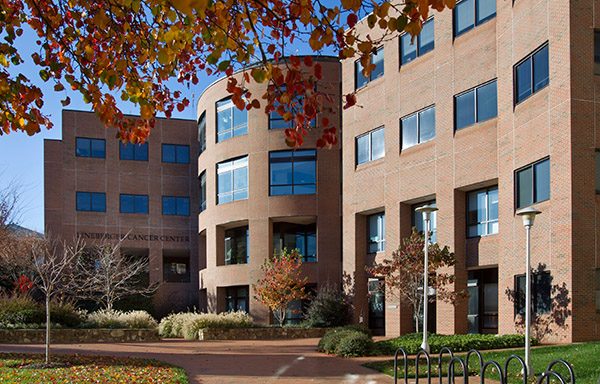- Membership
- Perks and Discounts
- Things To Do
- Resources
- News
- About
- Shop
Related Content
Angela Kashuba, Faculty Service Award citation
April 22, 2024
At the pharmacy school’s 50-year pinning ceremony of a Carolina Alumni board member, Eshelman School...
Read MoreGary Koch ’68 (PhD), Faculty Service Award citation
April 22, 2024
In the 1960s and ’70s, Gary Koch ’68 (PhD) held de facto office hours in...
Read MoreFormer School of Government Dean Receives Holshouser Award
March 19, 2024
This article was updated March 20, 2024. Mike Smith ’78 (JD), dean emeritus of the...
Read More-
2024
-
2023
-
2022
-
2021
-
2020
-
2019
-
2018
-
2017
-
2016
-
2015
-
2014
-
2013
-
2012
-
2011
-
2010
-
2009
-
2008
-
2007
-
2006
-
2005
-
2004
- Academics and Athletics
- Admissions
- Alumni Profiles
- Alumni Recognition
- Around Town
- Arts
- Books
- Campus Profile
- Campus Safety
- Carolina Alumni Awards
- Carolina Alumni Leadership
- Carolina Alumni Programs and Outreach
- Carolina Alumni Reunions
- Carolina Alumni Review
- Celebrations
- Championships
- College and Costs
- Commencement
- Coronavirus
- Discovery
- Extracurricular
- Faculty
- Faculty Awards
- For the People
- Go Heels
- Greek Life
- Hark the Sounds
- Higher Education
- Homecoming
- In Class
- In Memoriam
- Innovation and Technology
- Issues
- Object Lesson
- On View
- Our Treescape
- Philanthropy
- Podcast
- Public Service
- Race and Reckoning
- Research
- Sexual Assault
- Silent Sam
- Sports
- Structures
- Student Achievement
- Students
- Timelines
- Tuition and Financial Aid
- UNC Libraries
- UNC’s History
- Undergraduate Spotlight
- University Achievements
- University Awards
- University Budget Issues
- University Development
- University Leadership
- University News
- University Rankings
- What We Do
- Who We Are
- Young Alumni
- Yours at Carolina
Lineberger Researcher Enters National Academy of Sciences
Posted on May 7, 2018
Jack D. Griffith, a member of UNC’s Lineberger Comprehensive Cancer Center, is being recognized with one of the highest scientific honors conferred in the U.S. (UNC photo)
Jack D. Griffith, a member of UNC’s Lineberger Comprehensive Cancer Center and a Kenan Distinguished Professor of microbiology and immunology, has been elected to the National Academy of Sciences.

Jack D. Griffith. (UNC photo)
Griffith is one of 84 new members and 21 foreign associates being recognized for their distinguished and continuing achievements in original research. Scientists are elected by their peers, and NAS membership is one of the highest scientific honors conferred in the U.S.
Griffith has conducted extensive research using high-resolution electron microscopy to visualize protein-DNA interactions. His laboratory’s work seeks to answer basic questions of how DNA and proteins interact in cancer and other diseases.
Griffith, who grew up in Alaska, received his bachelor’s degree in physics at Occidental College in Los Angeles and his doctorate at the California Institute of Technology. Following postdoctoral fellowships in laboratories at Stanford and Cornell, he joined Lineberger and UNC’s School of Medicine as an associate professor in 1978.
During his graduate studies, Griffith used electron microscopy to visualize DNA polymerase I, a key protein E. coli uses to replicate its DNA. It was the first image taken by an electron microscope of DNA bound to a known protein. In 1999, Griffith and a colleague at Rockefeller University used electron microscopy to demonstrate that the ends of human chromosomes are looped back on themselves, providing a crucial new understanding with direct relevance to aging and cancer. His Lineberger laboratory serves as an electron microscopy core facility, offering its expertise in visualizing the microscopic world to further research across laboratories.
He has received numerous awards and honors, including election into the American Academy of Arts and Sciences in 2005.
© 2024 Carolina Alumni
